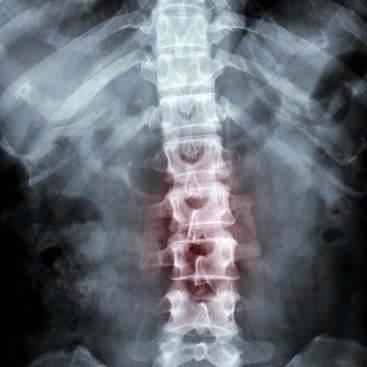Interspinous Spacer is a minimally invasive device used to relieve spinal stenosis and related symptoms, such as back pain and leg pain (neurogenic claudication). This condition occurs when the spinal canal narrows, putting pressure on the spinal nerves.
Procedure
During the procedure, a small incision is made in the lower back, and the interspinous spacer is inserted between two spinous processes (the bony projections on the back of the vertebrae). This device helps to maintain space in the spinal canal, preventing compression of the nerves and allowing for better movement of the spine.
Benefits
The minimally invasive approach means less muscle disruption, reduced blood loss, and a quicker recovery compared to traditional open surgery. Patients often experience immediate relief from symptoms and can return to normal activities sooner. This procedure is particularly beneficial for individuals who may not be candidates for more invasive spinal surgeries or who prefer a less invasive option.
Overall, interspinous spacers can significantly improve quality of life by reducing pain and enhancing mobility.







